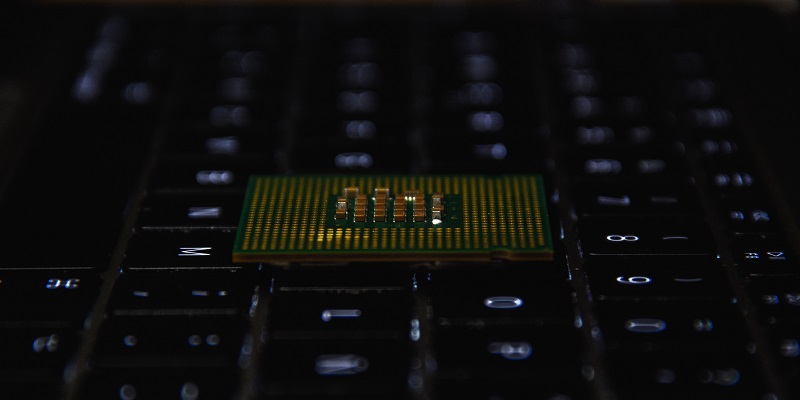Intel has been at the forefront of processor technology for decades, constantly pushing the boundaries of performance and power consumption. With the release of the Alder Lake-N CPUs, they have further solidified their position as one of the leading semiconductor manufacturers in the industry. Among these chips, the Intel Processor N100 is one of the low power consumption options available for low power platforms. In this article, we will explore the Intel Processor N100 in more detail, including its specifications, benchmarks, and overall performance.
Overview of Intel Alder Lake-N CPUs
The Alder Lake-N CPUs are part of Intel’s 12th generation lineup, designed to deliver both high performance and low power consumption. These chips are built on the same 10nm SuperFin fabrication process as the rest of the Alder Lake and Raptor Lake chips, but they differ in their hybrid architecture. Instead of using a combination of P-Core and E-Core designs, Alder Lake-N chips rely solely on the Gracemont E-Cores. This design decision results in lower power consumption but also takes away the SMT capabilities as the E-Core design lacks them.
The Intel Processor N100 is one of four Alder Lake-N chips available for low-power platforms. As mentioned earlier, this chip relies solely on the Gracemont E-Core design, making it ideal for applications that require low power consumption. The chip features four cores, four threads, a 6 MB Smart cache, and a maximum frequency of 3.4 GHz. All of these specifications make the N100 comparable to older Core i5 chips with sub-10W power consumption.
The main difference between the Alder Lake and Raptor Lake chips, and the Alder Lake-N chips is the architecture. As discussed earlier, the N-Chips rely solely on the Gracemont E-Core design, while the others use a hybrid P-Core and E-Core design. The hybrid design allows for SMT capabilities, resulting in higher performance but also higher power consumption. On the other hand, the E-Core design results in lower power consumption but lesser performance.
Specifications of Intel Processor N100
The Intel Processor N100 CPU offers 4 cores, 4 threads, 6 MB Smart cache and a maximum frequency of 3.40 GHz. It is designed for low-power applications that do not require high performance. Its faster counterpart, N200, shares the same specs as N100 but with a 3.70 GHz clock speed.
Comparison with N200 in terms of clock speed
While the N100 and N200 chips share similar specifications, the latter has a higher clock speed of 3.70 GHz, making it slightly faster than the former. However, both chips have the same TDP of 6W, making them both appropriate choices for low-power applications that require decent performance.
TDP and Memory Support of Intel Processor N100
The Intel Processor N100 has a TDP of only 6W, making it highly energy-efficient. It supports DDR4, DDR5, and up to LPDDR5 memory in single channel, making it versatile in terms of memory support.
Benchmark Scores of Intel Processor N100 on Geekbench 5
The benchmark scores of the Intel Processor N100 on Geekbench 5 show its single-core performance. The chip scores 1112 points on single-core performance, which indicates that it can handle basic tasks with ease. The scores also prove that the chip is suitable for low-power applications that do not require high performance.
Conclusion
Overall, the Intel Processor N100 is an ideal choice for low-power applications that require decent performance capabilities. Its low TDP, versatile memory support, and performance specifications make it a valuable addition to Intel’s Alder Lake-N chip lineup. While it might not have the highest performance in Intel’s 12th generation lineup, it definitely provides the right balance between performance and power consumption.

